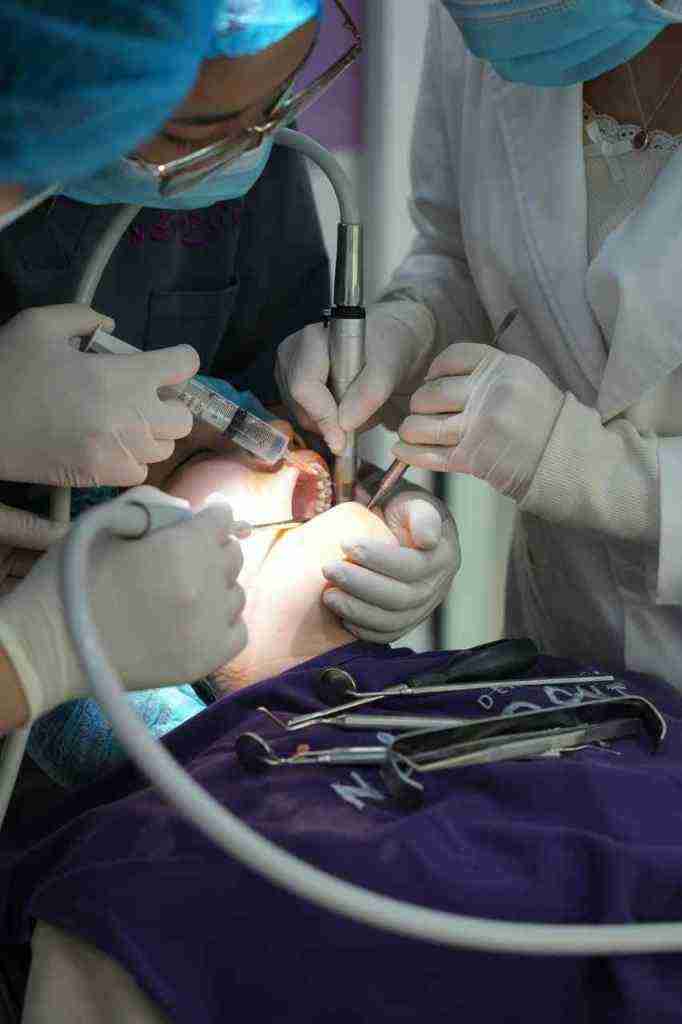Robotics in Surgery
Introduction
In the realm of healthcare, surgical advancements have soared to unprecedented heights, empowering patients to take an active role in their own recovery. At the forefront of this revolution lies robotic surgery, a cutting-edge technology that’s transforming the operating room, offering a myriad of benefits that enhance patient outcomes.
Surgical Robots
Robotic surgery introduces a new era of surgical precision, allowing surgeons to perform complex procedures with unparalleled dexterity. These robotic marvels are meticulously designed to mimic the surgeon’s hand movements, enabling intuitive manipulation using both hands and feet. The surgeon’s commands are relayed to the robotic arms, which execute the surgical maneuvers with unmatched accuracy.
Complementing this intuitive control, robotic surgery employs a specialized microscope that provides a crystal-clear, 3D view of the surgical site. This enhanced visualization empowers surgeons to navigate intricate anatomical structures with confidence, ensuring greater precision and minimizing the risk of complications.
Types of Surgical Specialties
Robotic surgery extends its prowess across a wide range of surgical disciplines, enabling surgeons to tackle complex procedures with greater precision and efficiency.
General Surgery
From gallbladder removals to hernia repairs, robotic technology empowers general surgeons to perform minimally invasive operations with enhanced visualization and dexterity.
Urology
Robotic-assisted urology encompasses procedures like prostate surgery and kidney transplants. It provides surgeons with greater control and magnified views, leading to improved outcomes and reduced complications.
Gynecology
Robotic gynecological surgery includes hysterectomies and pelvic surgeries. It offers minimally invasive options that minimize scarring, reduce pain, and accelerate recovery.
Oncology
In the realm of oncology, robotic surgery plays a crucial role in cancer removal. Its precision enables surgeons to target tumors more accurately, preserving healthy tissue and minimizing the risk of cancer recurrence.
Orthopedics
Robotic-assisted orthopedics transforms joint replacements and complex spinal surgeries. It allows surgeons to operate with enhanced accuracy, reducing pain and improving range of motion.
Conclusion
Robotic surgery has emerged as a game-changer in the medical field, revolutionizing surgical practices and empowering patients. Its myriad benefits, including faster recovery times, reduced complications, and precise outcomes, are transforming the landscape of healthcare. As technology continues to advance, robotic surgery promises to push the boundaries of medicine, offering patients even more hope and improved quality of life.
